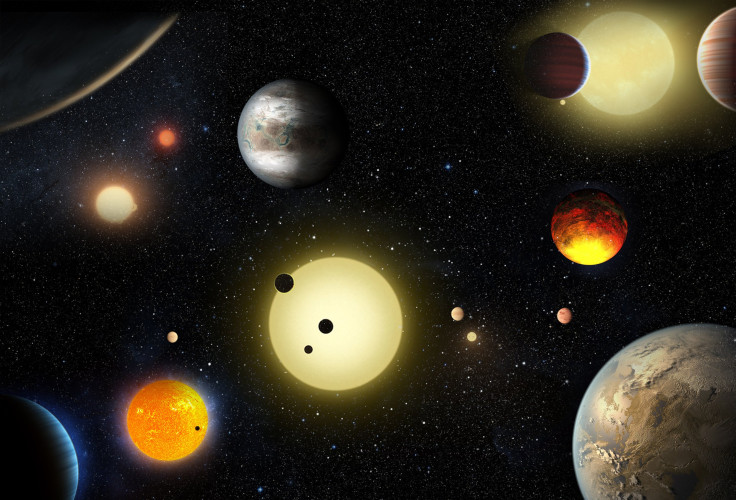‘Hot Jupiter’ baby planet locked in death spiral, being ripped apart by own sun

Newly discovered baby planet PTFO8–8695 b in constellation Orion is slowly destroying itself and its close proximity to its sun is the cause, astronomers have pointed out. The likely new planet may be the galaxy’s youngest and is very unique as there is just 11 Earth hours in a year. However, the planet is slowly getting destroyed as it is too close to its sun. The sun’s destructive gravity is stripping the planet of its mass.
Rice University astronomer Christopher Johns-Krull released his findings on the academic paper-sharing website arXiv this week. The findings will be published in the Astrophysical Journal later this year. According to the study, the baby planet PTFO8–8695 b defies all obvious explanations for how planets form but is still a planet. The planet was discovered in 2012. Prior to that, scientists did not know that gas giants could exist around stars as young as its host.
The planet orbits a star 1,100 light-years from Earth and is known as “hot Jupiter.” This term is used for hot planets with large masses and short orbital periods. The PTFO8–8695 b seems to be engaged in a drawn-out death-spiral.
“A handful of known planets are in similarly small orbits, but because this star is only 2 million years old this is one of the most extreme examples ... We don’t yet have absolute proof this is a planet because we don’t yet have a firm measure of the planet’s mass, but our observations go a long way toward verifying this really is a planet. We compared our evidence against every other scenario we could imagine, and the weight of the evidence suggests this is one of the youngest planets yet observed,” Johns-Krull said in a statement.
Scientists are also not sure how such a large planet exists so close to a star. It is possible that the baby planet formed farther out in the solar system but somehow got pulled closer to the sun. This phenomenon has been observed elsewhere in the galaxy. Now the question is where does it stop? Will the planet keep on losing mass until it falls into the star or will it stop losing mass eventually?






